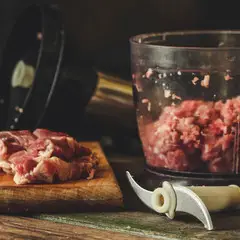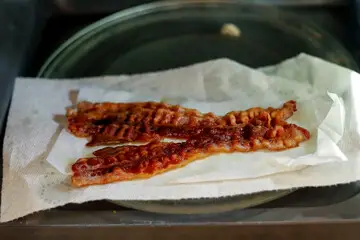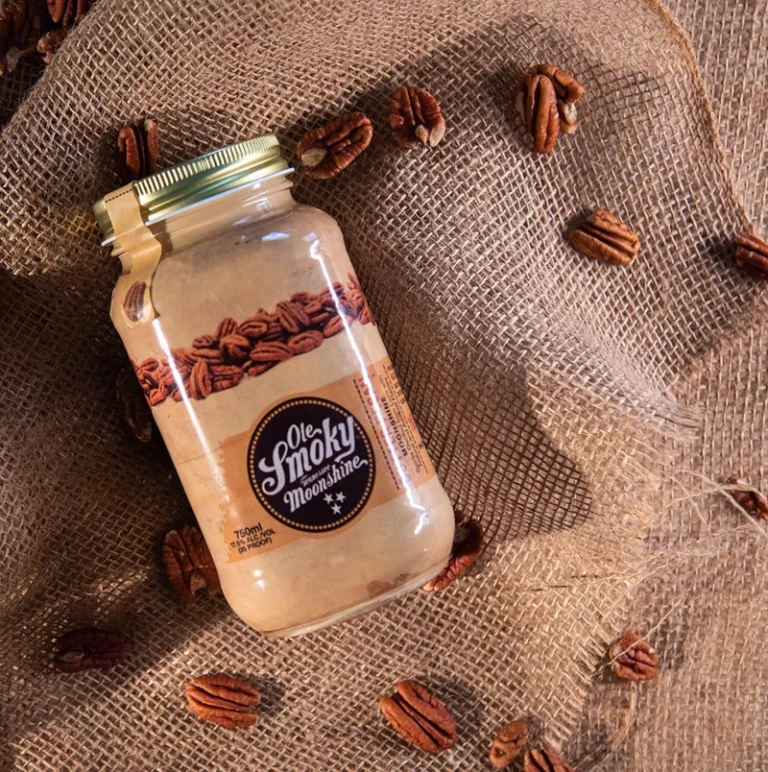
Grinding your own meat at home can be a convenient and cost-effective way to prepare a variety of dishes, from burgers and meatballs to sausage and ground beef. It allows you to control the quality and freshness of the meat you use, as well as customize the fat content and seasoning to your taste.
If you don’t have a dedicated meat grinder, you may be wondering if it’s possible to use a blender to grind meat. Some people may consider using a blender for this task due to a lack of access to a meat grinder or as a way to save money on kitchen appliances.
In this post, we’ll discuss the benefits of using a blender to grind meat, and provide some tips on how to do it if you decide to give it a try. We’ll also explore other options for grinding meat at home if you don’t have a meat grinder or blender.
Can You Grind Meat In A Blender?
Yes, it is possible to grind meat in a blender. However, it’s important to keep in mind that blenders are not specifically designed for grinding meat, and they may not be as effective or efficient at doing so as a dedicated meat grinder.

Meat grinders are designed specifically for the task of grinding meat, and they tend to be more powerful and efficient at producing a fine, uniform consistency. Additionally, a blender may not be able to handle large quantities of meat at once, and it may struggle to grind the meat to a fine enough consistency, especially if you are looking to make sausage or other finely ground meat products.
While it is possible to grind meat in a blender, it may take longer and require more effort to achieve the desired consistency compared to using a dedicated meat grinder. If you do decide to try grinding meat in a blender, be prepared for a potentially noisy and time-consuming process.
Considerations for Using a Blender to Grind Meat
There are a few potential drawbacks to consider if you are thinking of using a blender to grind meat:
- A blender enough not be able to grind meat to a fine enough consistency: If you are looking for finely ground meat, such as for making sausage, a blender may not be able to grind the meat to a fine consistency. Meat grinders are generally more powerful and better equipped to produce a fine, uniform grind.
- A blender may not be able to handle large quantities of meat: Meat grinders are generally more powerful than blenders, and they can handle larger quantities of meat at once. If you are looking to grind a large amount of meat, a blender may not be the best choice.
- Grinding meat in a blender may be noisy: Blenders can be quite loud when in use, and grinding meat in one may be even noisier.
Overall, while it is possible to grind meat in a blender, it may not be the most effective or efficient method, especially if you are looking to produce a fine, uniform grind or need to process a large quantity of meat.
How to Grind Meat in A Blender
Keep in mind that grinding meat in a blender may not produce the same results as using a meat grinder, and it may be more time-consuming and difficult to achieve the desired consistency. It is also important to use caution when grinding meat in a blender, as the blades can be sharp and the process may be noisy. Be sure to follow the manufacturer’s instructions for your blender, and use caution when handling the meat and the blender.
Step-by-step instructions for grinding meat in a blender are as follows:
- Cut the meat into small, manageable pieces.
- Place the meat pieces in the blender.
- Pulse the blender on and off until the meat is ground to the desired consistency. Be sure to stop and scrape down the sides of the blender as needed.
- Once the meat is ground, transfer it to a container or bag and store it in the refrigerator or freezer until you are ready to use it.
Alternative Methods for Grinding Meat at Home Without a Meat Grinder or Blender
If you don’t have a meat grinder or a blender, there are a few other options you can try for grinding meat at home:
- Use a rolling pin or mallet: Place the meat in a plastic bag or between two layers of plastic wrap and use a rolling pin or mallet to pound it until it reaches the desired consistency. This method works best for smaller cuts of meat and may be less effective for tougher cuts.
- Use a food processor: A food processor can be a good option for grinding small amounts of meat. Simply cut the meat into small pieces and pulse it in the food processor until it reaches the desired consistency. Be sure to pulse the meat rather than running the processor continuously, as this can cause the meat to become pasty.
- Use a manual meat grinder: Manual meat grinders are relatively inexpensive and can be a good option if you don’t want to invest in an electric meat grinder. They typically consist of a crank handle that you turn to grind the meat, and they can be used to grind small to medium amounts of meat.
- Ask your butcher: Many butchers are happy to grind meat for customers upon request. Simply bring your cut of meat to the butcher and ask them to grind it for you. This is a convenient option if you don’t have the necessary equipment at home and don’t want to invest in it.
FAQs
How to mince meat with a blender
To mince meat in a blender, follow these steps:
- Cut the meat into small, manageable pieces.
- Place the meat pieces in the blender.
- Pulse the blender on and off until the meat is minced to the desired consistency. Be sure to stop and scrape down the sides of the blender as needed.
- Once the meat is minced, transfer it to a container or bag and store it in the refrigerator or freezer until you are ready to use it.
Keep in mind that mincing meat in a blender may not produce the same results as using a dedicated meat grinder or a food processor, and it may be more time-consuming and difficult to achieve the desired consistency.
Can you grind meat in a ninja blender?
Yes, it is possible to grind meat in a Ninja blender, but it may not be the most effective or efficient method. See the previous answer for more details on grinding meat in a blender.
What meat is good for grinding?
Almost any type of meat can be ground, but some types may be easier to work with than others. For example, beef, pork, and lamb are common choices for grinding, as they are generally easy to find and relatively tender. Poultry can also be ground, but it may be more difficult to produce a fine, uniform grind and it may require a more powerful grinder.
Can you use a food processor instead of a meat grinder?
Yes, it is possible to use a food processor to grind meat, but it may not be as effective or efficient as a dedicated meat grinder. Food processors are not specifically designed for grinding meat and may not be able to produce a fine, uniform consistency. They may also struggle to handle large quantities of meat at once. If you do decide to use a food processor to grind meat, be prepared for a potentially time-consuming and noisy process. It may also be necessary to stop and scrape down the sides of the processor as you go.
Finally
To summarize, it is possible to grind meat in a blender, but it may not be the most effective or efficient method. Blenders are not designed specifically for grinding meat, and they may not be able to produce a fine, uniform consistency or handle large quantities of meat at once. Grinding meat in a blender may also be noisy and time-consuming.
If you don’t have access to a dedicated meat grinder, there are other options to consider, such as using a food processor, a rolling pin or meat mallet, a sharp knife, or asking the butcher to grind the meat for you. You can also consider using a hand-crank grinder, a stand mixer with a meat grinding attachment, or a pestle and mortar if you don’t have access to an electric meat grinder.

Hi, I’m Iolanda I am a mother of two and know how to whip up satisfying dishes for friends and family in a seemingly effortless way. The blog goal is reader-oriented, So We are always looking for the newest information about the best products on the market to offer product reviews and tutorials to assist users.Have Fun on The Website






